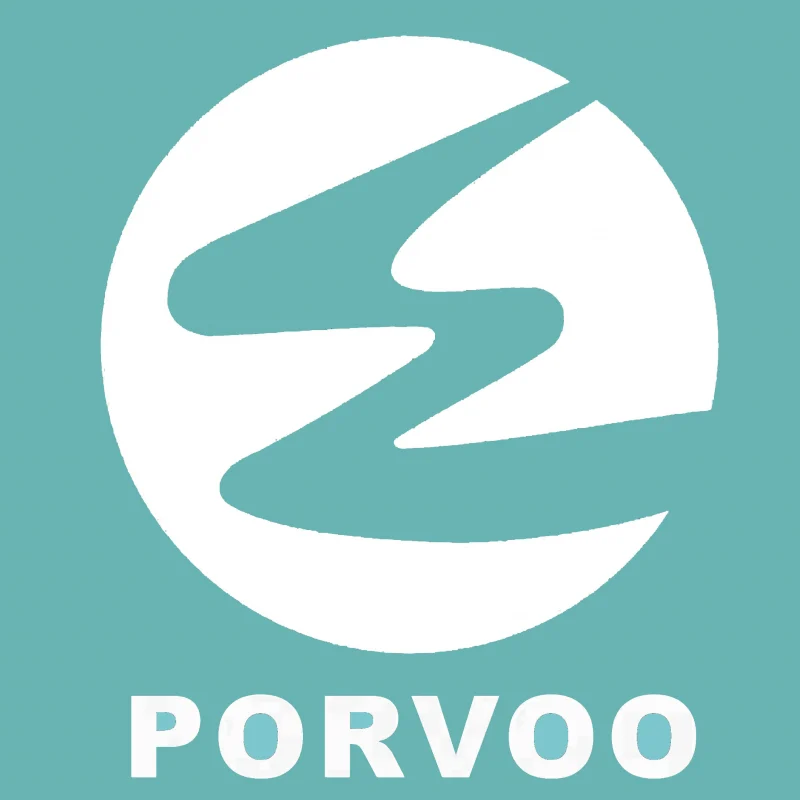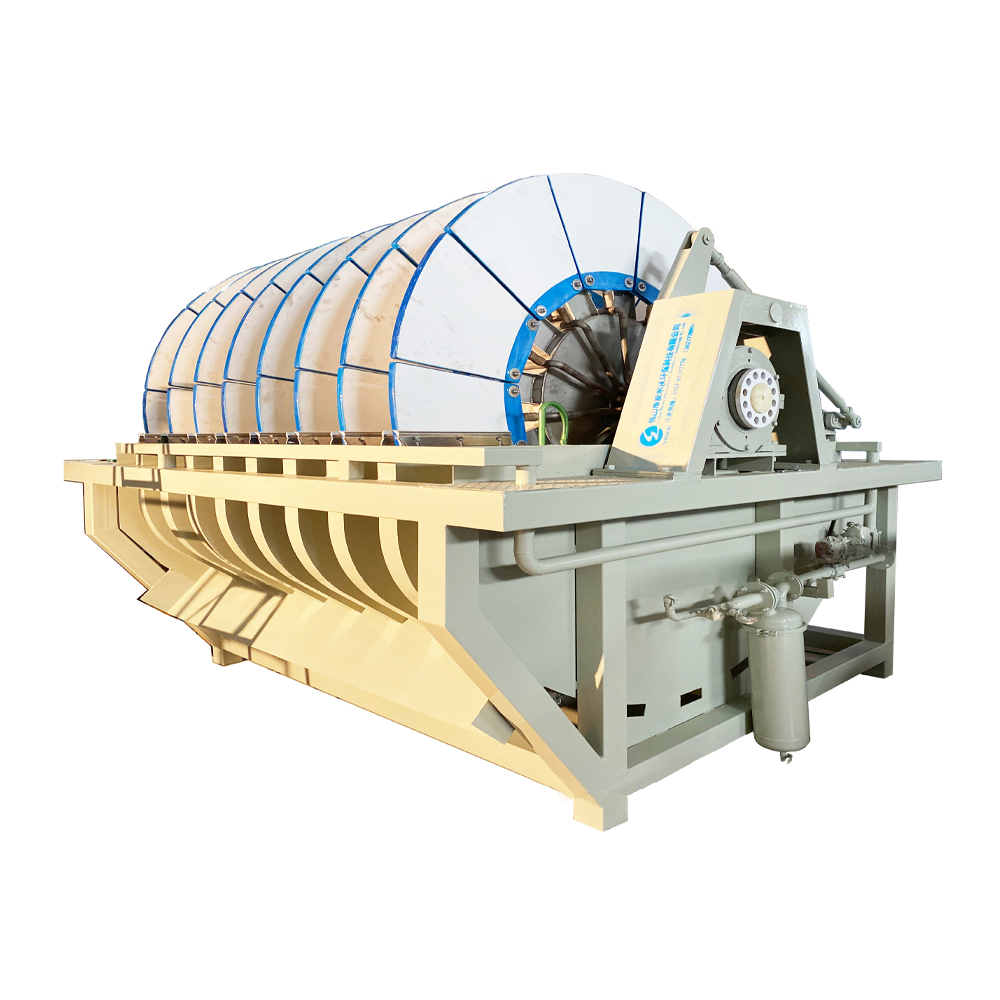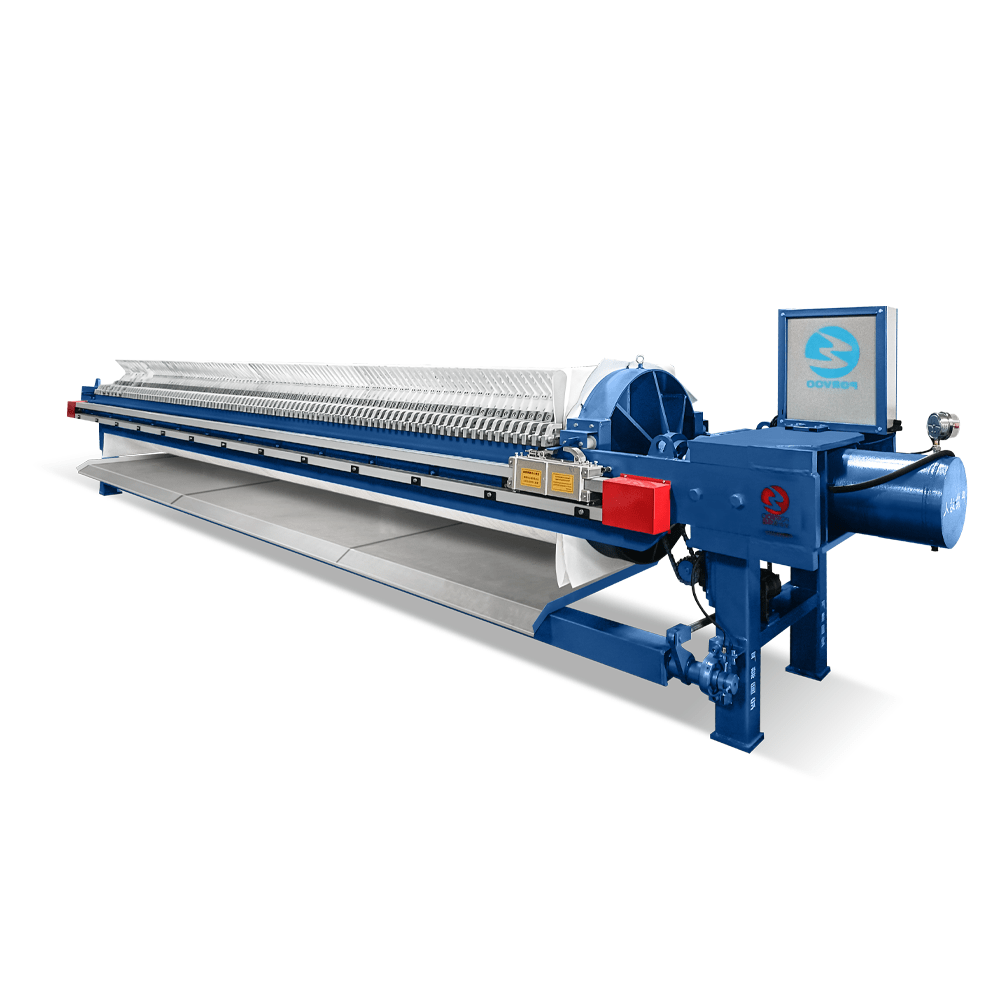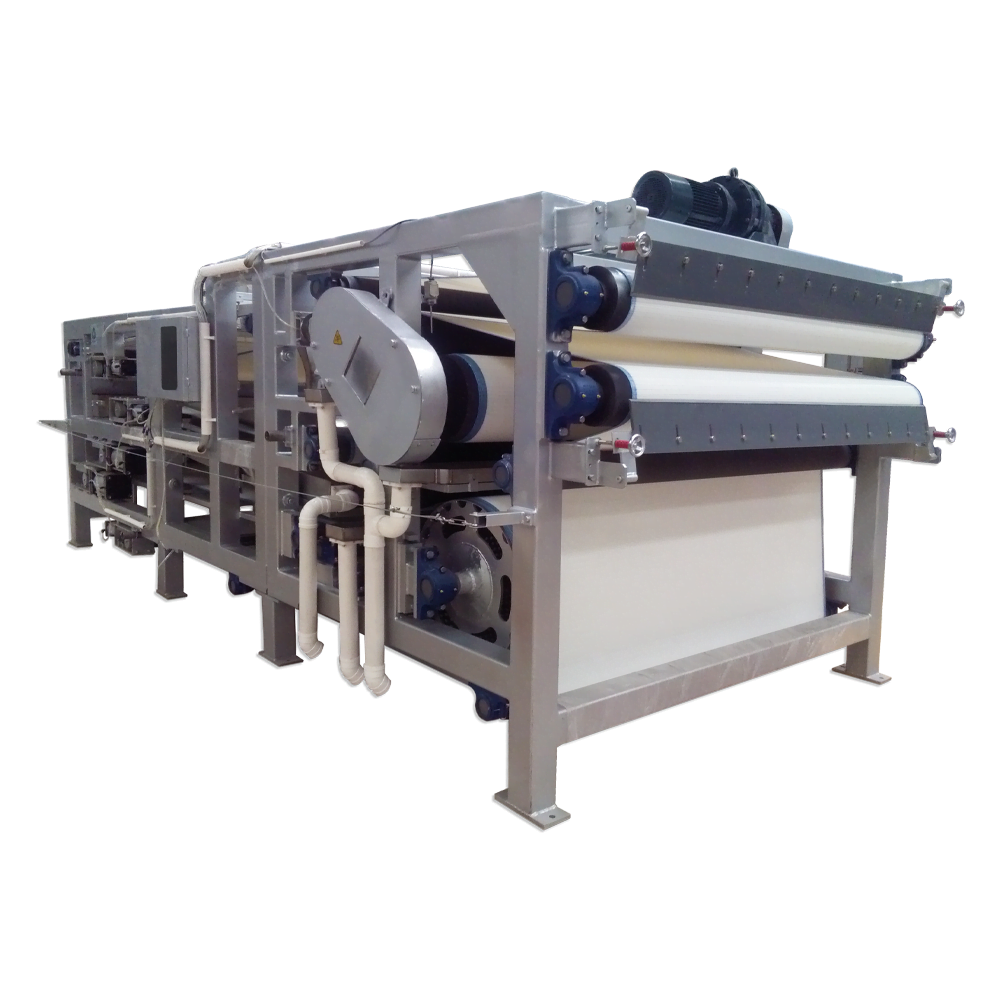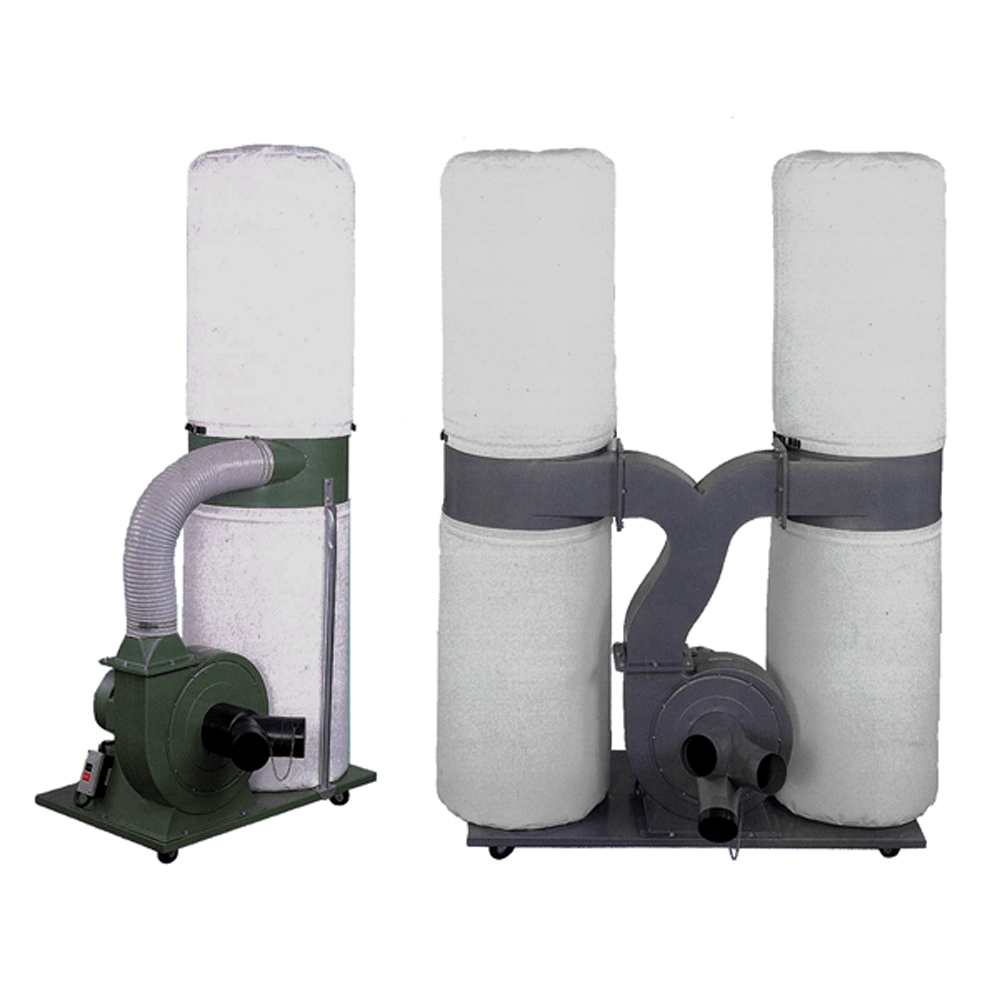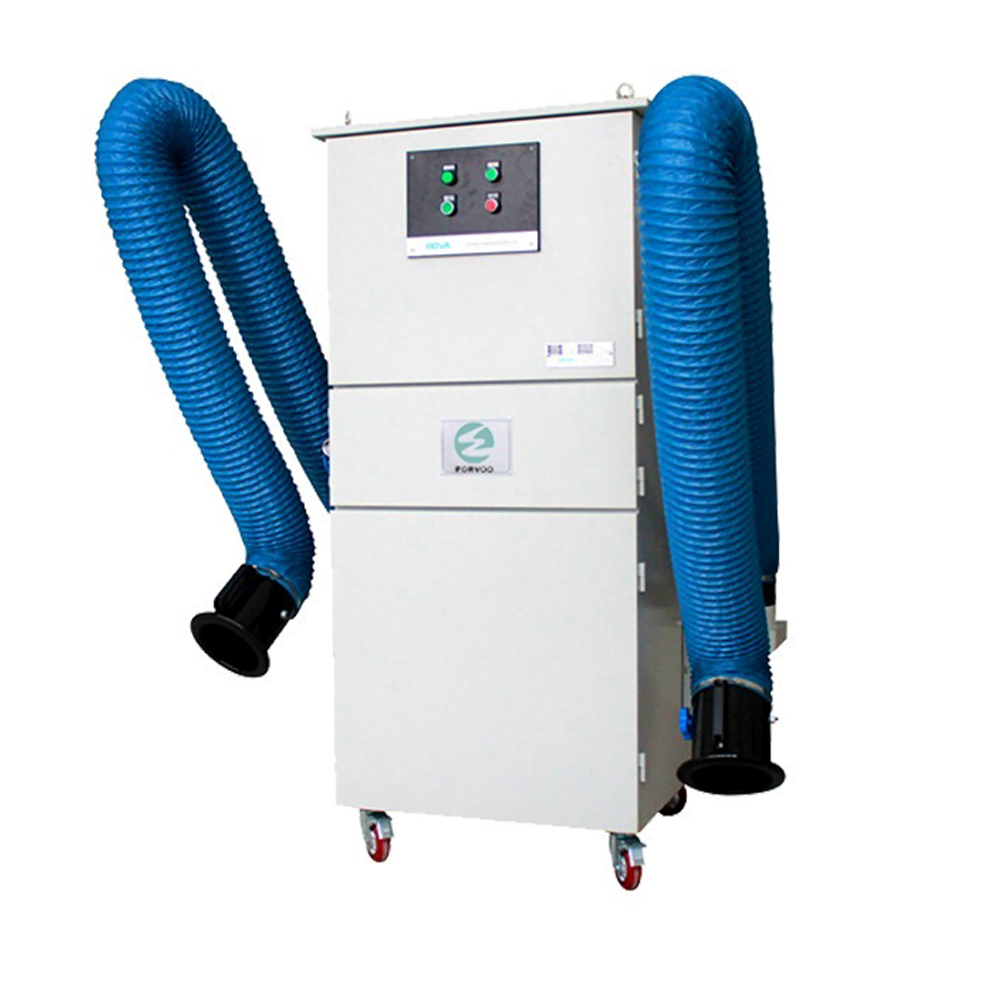News
Energy Consumption Comparison: Filter Press vs. Sedimentation Tank
在工廠污水處理中,沉澱池與壓濾機是最常見的兩種固液分離方式。
In factory wastewater treatment, sedimentation tanks and filter presses are the two most common solid-liquid separation methods.
許多老舊工廠仍依賴沉澱池,但隨著能源成本上升與環保法規收緊,越來越多企業開始關注壓濾機帶來的能效優勢。
Many older factories still rely on sedimentation tanks, but with rising energy costs and stricter environmental regulations, more companies are paying attention to the energy advantages of filter presses.
沉澱池的特點與能耗
Characteristics and Energy Use of Sedimentation Tanks
沉澱池的工作原理是依靠重力,讓懸浮顆粒在水中自然下沉,實現固液分離。
Sedimentation tanks work by gravity, allowing suspended particles to settle naturally for solid-liquid separation.
雖然設備本身投資低,但能耗隱藏在以下幾個方面:
Although the initial investment is low, energy use hides in several aspects:
- 需要大量空間,廠房建設與照明能耗高
Requires large space, leading to higher construction and lighting energy use - 長時間運行,水泵與攪拌設備持續消耗電力
Long operation times, with pumps and mixers consuming electricity continuously - 污泥含水率高,後續脫水需額外能耗
High moisture content in sludge, requiring additional energy for dewatering
壓濾機的特點與能耗
Characteristics and Energy Use of Filter Presses
壓濾機透過高壓將泥水快速分離,生成乾燥濾餅,過濾後的清水可直接回用。
Filter presses use high pressure to quickly separate slurry into dry cakes, with filtrate clean enough for reuse.
其能耗優勢體現在:
Its energy advantages include:
- 佔地小,基礎設施建設與照明能耗更低
Small footprint, reducing infrastructure and lighting energy - 過濾速度快,運行時間短,總能耗低
Fast filtration, shorter operating time, and lower total energy use - 濾餅乾燥,減少後續烘乾或脫水所需能量
Produces dry cakes, reducing energy for downstream drying or dewatering
能耗數據對比
Energy Consumption Comparison
以日處理 300 立方米污水的陶瓷廠為例:
Taking a ceramic factory treating 300 m³/day of wastewater as an example:
| 項目 Item | 沉澱池 Sedimentation Tank | 壓濾機 Filter Press |
|---|---|---|
| 佔地面積 Footprint | 約 200–300 m² Approx. 200–300 m² | 約 50–80 m² Approx. 50–80 m² |
| 每日運行時間 Daily Operating Time | 20–24 小時 20–24 hrs | 6–8 小時 6–8 hrs |
| 能耗 (kWh/日) Energy Use (kWh/day) | 80–100 kWh | 40–60 kWh |
| 濾餅含水率 Cake Moisture Content | 60–70% | 30–40% |
長期運行成本的差異
Difference in Long-Term Operating Costs
沉澱池初期投資低,但隨著土地、電費與人工成本的增加,長期運行費用高於壓濾機。
Sedimentation tanks are cheaper initially, but with rising land, electricity, and labor costs, long-term expenses surpass filter presses.
壓濾機雖然投資較高,但能耗低、效率高,且人工需求少,整體投資回收期通常在 1–2 年內。
Filter presses require higher investment, but with lower energy use, higher efficiency, and less labor, their payback period is usually within 1–2 years.
PORVOO 的建議
PORVOO’s Recommendation
對於中大型陶瓷與石材工廠,我們建議以壓濾機取代傳統沉澱池,實現高效節能與水資源回收。
For medium and large ceramic and stone factories, we recommend replacing sedimentation tanks with filter presses to achieve efficient energy savings and water recycling.
PORVOO 可根據不同產能與水質,提供板框式壓濾機與真空陶瓷壓濾機的定制化方案,幫助工廠在降低能耗的同時,達到環保與經濟雙重目標。
PORVOO offers customized solutions with plate-frame and vacuum ceramic filter presses based on production capacity and water quality, helping factories reduce energy use while meeting both environmental and economic goals.
結語
Conclusion
雖然沉澱池成本低,但能耗與效率劣勢明顯。
While sedimentation tanks are low-cost, they have clear disadvantages in energy and efficiency.
壓濾機憑藉其高效能、低能耗與乾燥濾餅優勢,正逐步成為現代工廠的主流選擇。
Filter presses, with high efficiency, low energy use, and dry cake output, are becoming the mainstream choice for modern factories.
PORVOO 將持續為客戶提供節能環保的污水處理解決方案,協助工廠邁向綠色生產。
PORVOO will continue to provide energy-saving and eco-friendly wastewater solutions, helping factories move toward sustainable production.
📩 歡迎與我們聯繫,獲取適合您工廠的環保設備方案!
📩 Contact us today to get a tailored solution for your factory!
Email: porvookjj@qq.com/basair01@qq.com
Facebook: Porvoo Environmental protection technology
WhatsApp: +86 138 2777 8901/+86 138 2552 0591
